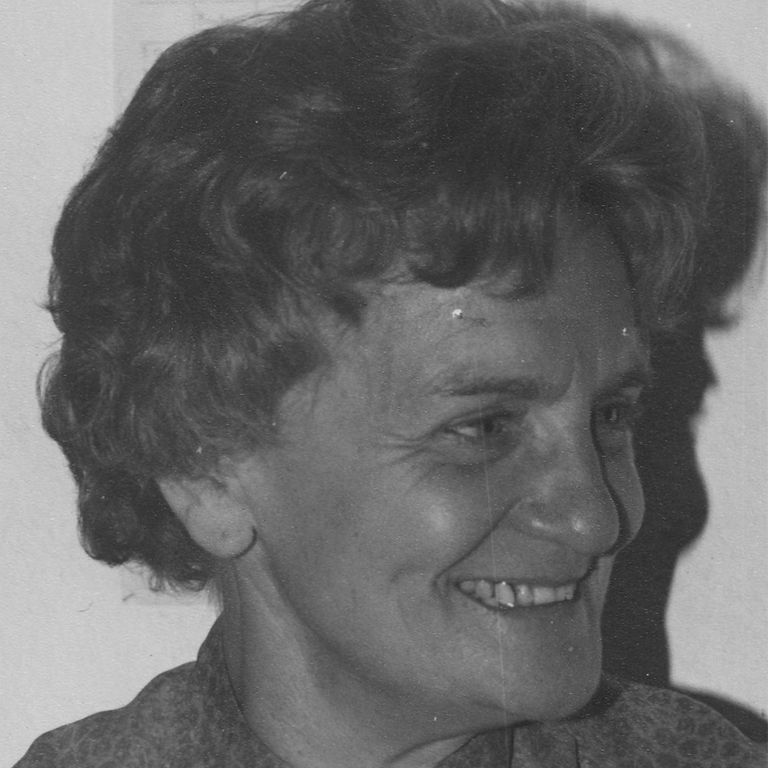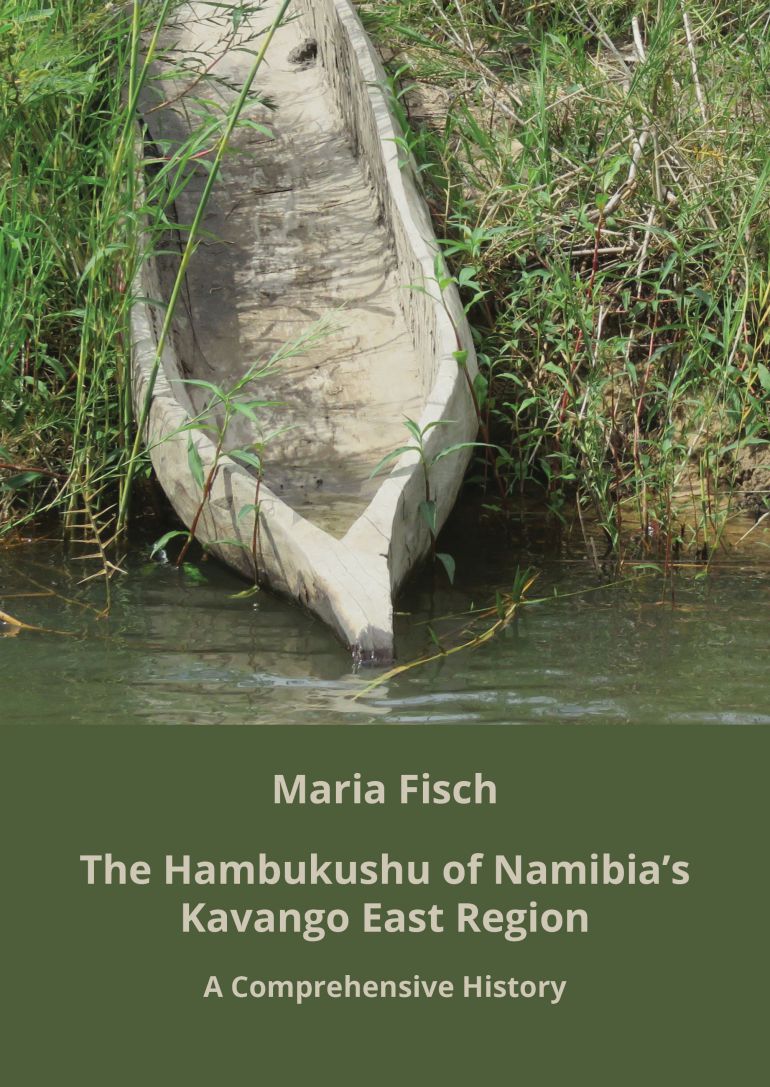Authors
B
D
E
F
G
H
J
K
L
M
N
R
S
T
V
W
 Maria Fisch
Maria Fisch
Maria Fisch was born in Menzel, Germany, on 24 December 1924. In 1952 she received her doctorate in medicine from the University of Münster and gained experience in the following years in Hamm and Würzburg. In 1957 she was sent to South West Africa by the Missionsäztliches Institut in Würzburg and was responsible for the entire north-east region. There she learned to speak Mbukushu to communicate with the local patients. Between 1966 and 1977 she was in charge of the newly built hospital in Andara. In 1977 she returned to Germany for a short time, returning the following year and spending the next ten years in Rundu, learning about the history and culture of the people living there. In 1987 she retired from professional life and devoted her time to volunteering in the country. Among other things, she was chairperson of the Namibia Scientific Society from 1992 to 1993, and over the years published several scientific essays and books, especially on Namibian history and the Mbukushu language. In recognition of her humanitarian and scientific work in Namibia she was awarded the Bundesverdienstkreuz 1. Klasse in 2009.
Books
 The Hambukushu of Namibia’s Kavango East Region
The Hambukushu of Namibia’s Kavango East Region
by Maria Fisch
496 p. • 2022 • ISBN 978-99945-76-78-4 • 170 x 240 mm • Namibia Scientific Society/Kuiseb Publishers
The Hambukushu of Namibia’s Kavango-East Region by Maria Fisch is the first ever comprehensive history of the Hambukushu people, covering a period of approximately 300 years.
The older history of the Hambukushu is partly based on extensive research material which Father Joseph Wüst gathered between 1921 and 1939 from elderly Hambukushu informants, who still possessed first-hand knowledge about their past.
The author takes the reader back to the Hambukushu’s original home at Mussuma, their sojourn at Ditomboro and along the Luyana and Mashi Rivers, and then describes their final settlement along the Kavango River around 1800 and up to recent times.
The book presents valuable information on all Hambukushu traditional leaders (hafumu) and the traditional leadership elite, including exact genealogical details, their alleged ability to make rain, and important events during their time.
Apart from the Hambukushu in Namibia, the book also describes the Hambukushu living in Angola, Botswana, and Zambia. The author discusses their relationship with other people of the region including the !Kung, Khwe, Balozi, and Batawana during the time of slave-trade and the rule of different colonial powers.
Since Roman Catholic missionaries played an instrumental role in shaping the lives of many Hambukushu, a large part of the book is devoted to their efforts in the fields of education, health care, and spiritual development.
This book is a must for anybody interested in this aspect of Namibian history.
